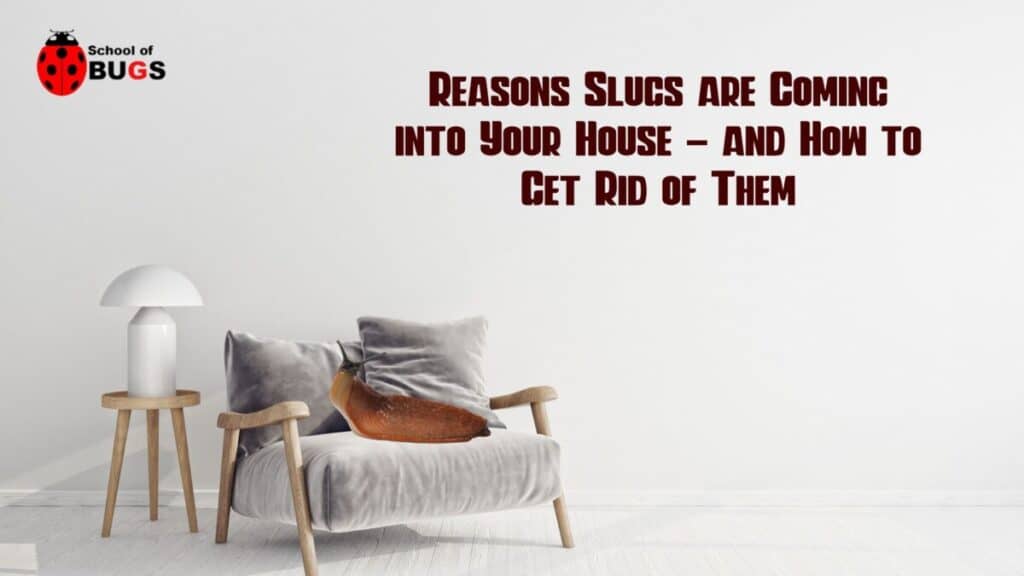
If you live in a particularly rainy climate, you are likely familiar with the omnipresent gastropods lurking everywhere you can imagine. Your porch, potted plants, driveway, backyard, and – perhaps the worst place to find them – inside your home!
But why are slugs so drawn to the indoors, especially during the nighttime hours? What is it they are seeking?
Most experts agree that slugs are drawn to the warmth and shelter of the indoors, especially during times of drought or extreme heat. They also come inside to avoid predators such as birds or larger insects.
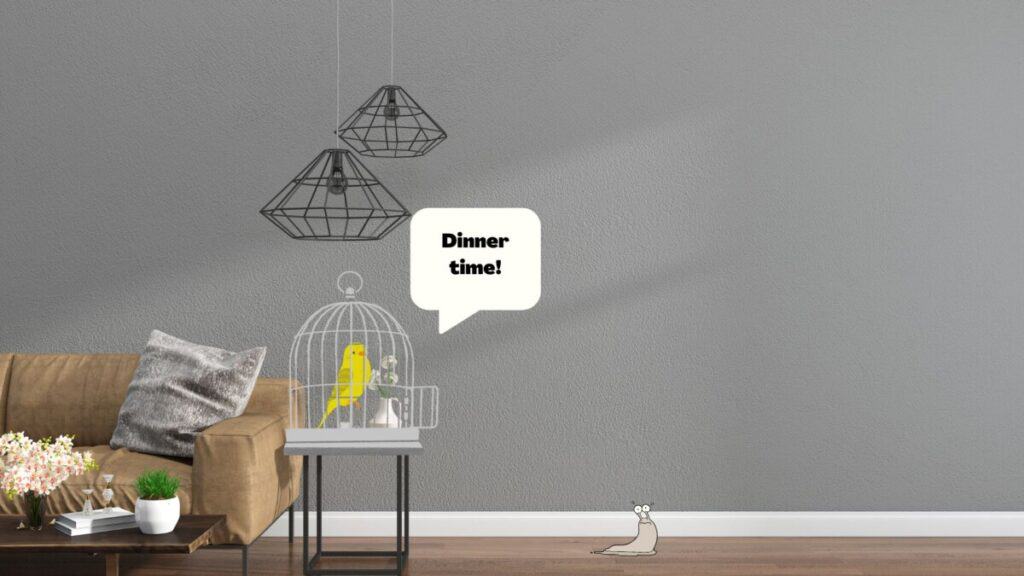
Because the temperature drops at night, slugs seek warmth anywhere they can find it – which, in populated areas, includes inside people’s homes.
Moisture is also easy to find inside buildings, with faucets, sinks, tubs, pet water dishes, and other easily accessible areas of moisture.
This article will tell you all you need to know about why there are slugs in your home, how they got there, and how to get rid of them.
Why are Slugs Coming Inside my House?
Slugs come inside houses because they are searching for warmth, moisture, shelter, and food. Unlike snails, which hibernate during the fall and winter, slugs are active year-round and can be spotted indoors in any season.
- Temperature – indoors is typically warmer than outside, especially at night
- Moisture – slugs need lots of moisture to survive, and standing water is easy to find in houses with pets or water damage
- Dark – slugs thrive in the dark, as it is easier for them to hide from predators
- Shelter – slugs seek protection from predators such as birds and cats inside houses
- Food – both human and pet food that is left out overnight is basically an invitation to slugs and other pests, and it’s even worse when the house isn’t kept clean.
How are Slugs Getting into my House?
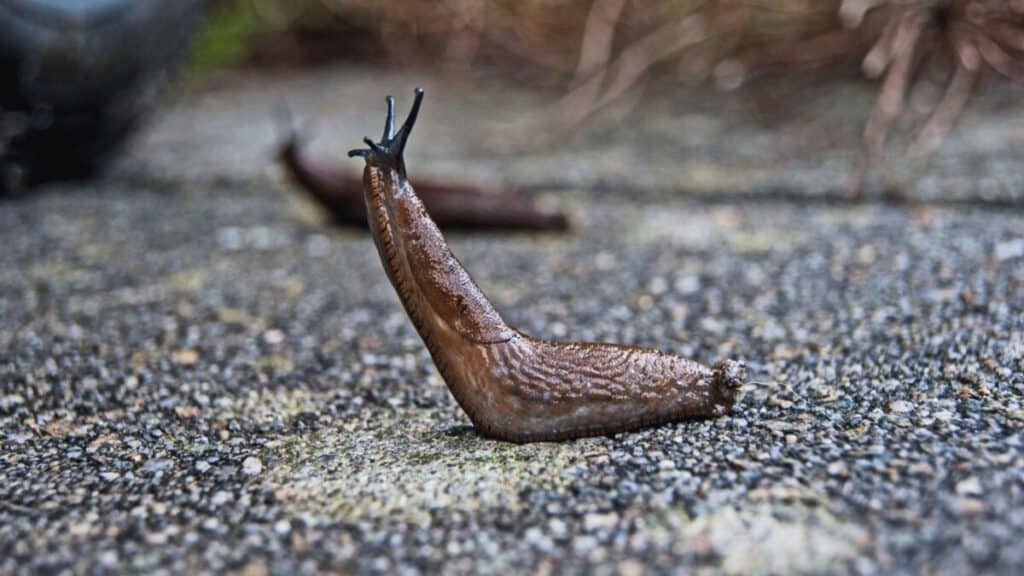
It can be discouraging to come into your clean kitchen in the morning and suddenly see a slimy trail across your freshly mopped floor. Or worse, a group of ghastly gastropods congregating on your houseplants.
You do your absolute best to keep your home clean and free of bugs. How, then, are slugs getting inside? The most common reasons are listed as follows:
- Gaps or cracks in walls
- Holes or worn seals around windows
- Holes in window or door screens, especially if sleeping with windows open
- Gaps under doors – slugs don’t have bones or exoskeletons, making it easy for them to squeeze through the smallest cracks
- Traveling along pipes
- Holes or cutouts in walls, like for pipes or cables
- Slugs can hitch a ride on pets or shoes, especially baby slugs, which are harder to notice
- Through air vents, especially if they are bent or poorly fastened
What are the Signs that there are Slugs in my House?
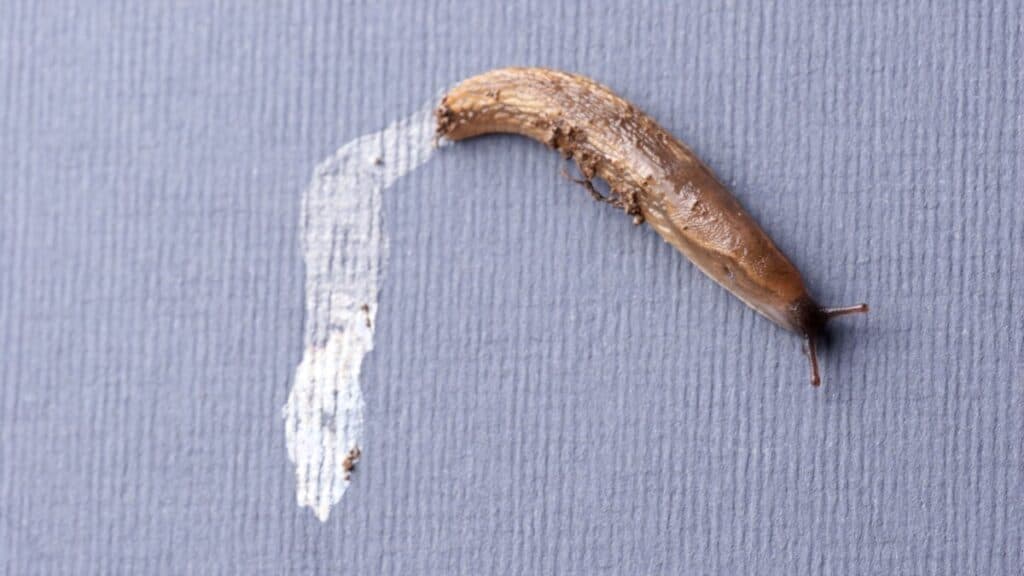
You can have slugs in your home long before you notice them, especially since these slimy fiends are most active at night. Signs that you have slugs in your home include:
- Leaf damage – if you notice the leaves of your potted plants having a ragged edge or holes in the leaves, especially with no damage to the stems, this is a sign of slugs’ nocturnal snacking on your houseplants.
- Slime trails – perhaps the most obvious sign of slugs in your house is a long, silvery trail of slime across smooth surfaces, such as floors and counters.
Are Slugs Drawn to some Buildings more than Others?
Most houses – especially those with older construction – have holes, gaps, leaks, and even cracks in the foundation, making them easier targets for slugs.
How do I Get Rid of Slugs in my House?
If you find these slimy intruders inside your home, don’t panic. While unsightly, slugs are certainly less of a cause for alarm than more harmful insects such as termites or bedbugs.
Coffee Grounds

This method is best used if you notice slugs coming inside to feast on your potted plants. Since the acid in coffee and coffee grounds violently reacts with slugs’ soft bodies and usually kills them, simply scatter coffee grounds in the dirt around your plants. Slugs will quickly learn not to go for the tender greenery growing indoors.
Salt and Baking Soda
This simple method doesn’t require you making or buying anything fancy, as both salt and baking soda are likely found in your home.
If you see a slime trail in your home, follow the trail to the entry point and then pack the entry point (whether it be a hole, a crack, or something else) with salt and baking soda.
A messier method would be to scatter the mixture around entryways, vents, and anywhere else where slugs can get in.
You could also scatter some along kitchen and bathroom floors, where slugs are most likely to congregate. The salt and baking soda violently react to the moisture in slugs’ soft bodies, killing them on contact.
Beer Traps

Slugs are attracted to the yeast in beer, making this a great and simple method for killing slugs that have come into your house.
To make beer traps, fill a few shallow dishes with beer and set them in areas where you have either seen slugs in your house or where slugs are likely to settle.
These are places like windowsills, bathrooms, kitchens, and other places with moisture. The slugs will make their way to the dish and drown in the beer.
Keep in mind that this method is lethal, so if you prefer a more humane method, there are other tips that don’t harm the slugs.
Diatomaceous Earth
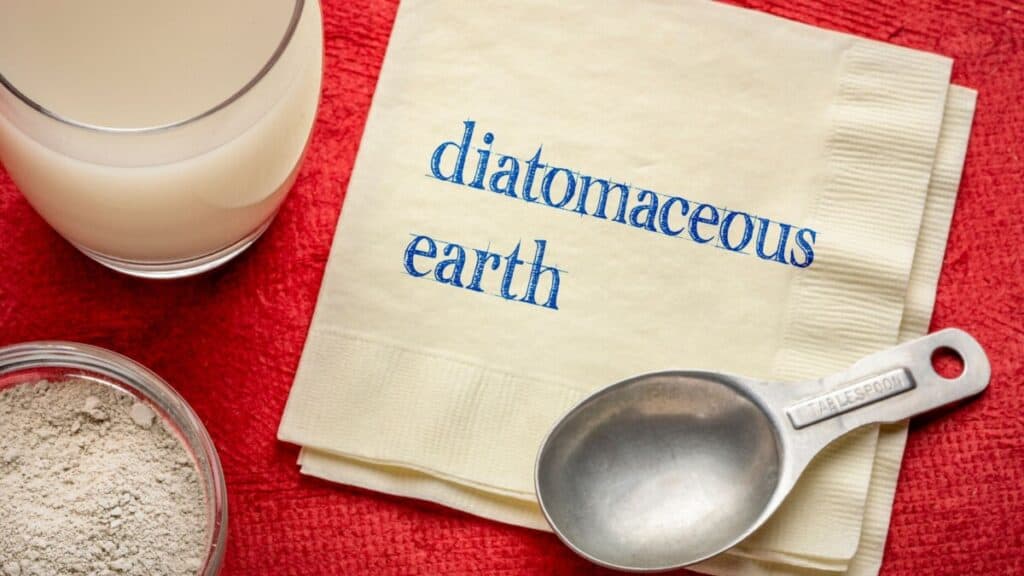
Diatomaceous earth is a naturally occurring element made from fossilized algae. It can be purchased in bulk from any garden supply store or online.
While it’s safe for use around children and pets, it will trap and dehydrate the bodies of slugs and other pests, killing them on contact.
This is a lethal method, so don’t use diatomaceous earth if you prefer a more humane method.
Citrus Traps
Slugs love citrus fruit. Instead of throwing away the rinds of oranges, lemons, and limes, keep them as a solution to your slug problem.
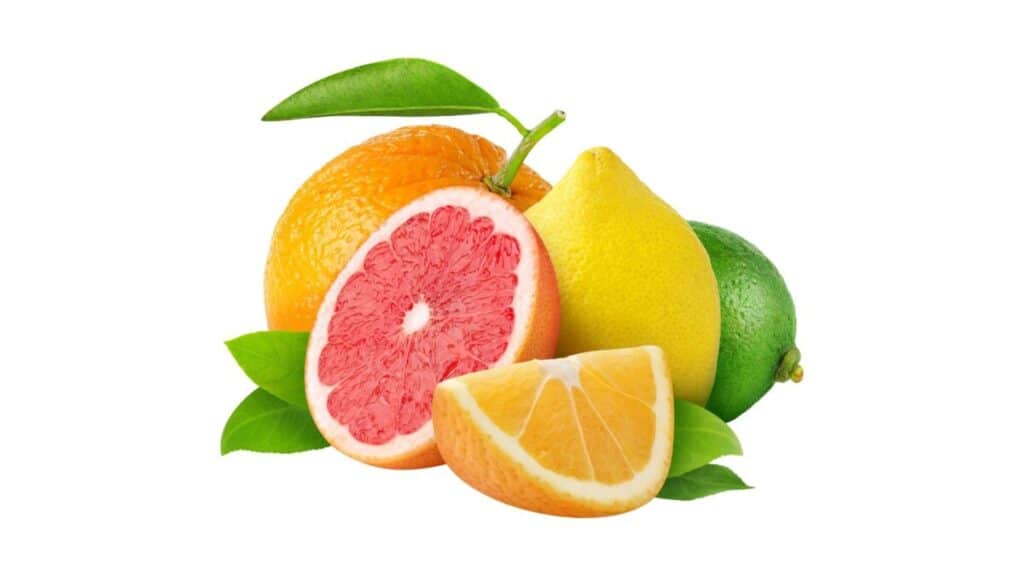
To make a citrus trap, gather the rinds and place them inside shallow dishes overnight. In the morning, you’ll find slugs still feasting on the rinds, and then you can gather the dishes with both slugs and rinds and toss them outside.
This is a humane method that doesn’t harm the slugs but gets them out of your house.
Create a “Sacrificial Garden”
As odd as this sounds, there is some wisdom in this tip. By making a garden outside with shelter for slugs and plenty of plants that slugs find irresistible, they’ll seek shelter and food in the sacrificial garden rather than inside your home.
DIY Slug Repellant
Lethal
If you see your uninvited guests hanging around inside your house, you can kill them by placing cold coffee in a spray bottle. The acid in the coffee will kill them.
Non-lethal

Since slugs hate the smell of garlic and lemon juice, mix the two ingredients together in a spray bottle and spray around areas where you have seen slugs.
These include areas with moisture buildup, such as near bathtubs and on windowsills, but also around pet water and food dishes.
This is a non-lethal method and won’t kill the slugs but will make them think twice about coming inside.
How do I Keep Slugs Out of my House?
Keeping slugs and other pests out of your house is generally easier than getting rid of them once they get inside.
Slug-Repellent Plants
If you have the room and lighting, you could grow plants indoors that naturally repel slugs. You could even plant some of these species outside near places such as vents, basement entryways, and around your house’s foundation to keep slugs from getting inside.

Some of the plants that naturally repel slugs are:
- Astrantia – these dainty, star-shaped flowers emit a scent that repels slugs
- Foxglove – beautiful but highly toxic to both humans and slugs; don’t plant indoors or outdoors if you have pets or children
- Japanese Anemone – while they may look like daisies, slugs hate their bitter taste and will avoid them
- Succulents – their spiky, waxy texture is unpleasant to slugs
- Day lilies – these flowers have a fuzzy stem which is difficult for slugs to crawl over
- Hydrangea – these large plants with showy and fragrant pastel blooms are relatively easy to grow indoors and repel slugs
- Wormwood – slugs avoid this ornamental plant with dainty silver-green leaves; toxic to humans and pets
- Salvias – these tall, elegant flowers are a natural slug-repelling scent
- Cacti – spiky and painful to slugs
- Herbs
- Rue
- Lavender
- Garlic
- Rosemary
- Lemon balm
- Fennel
Create a Barrier
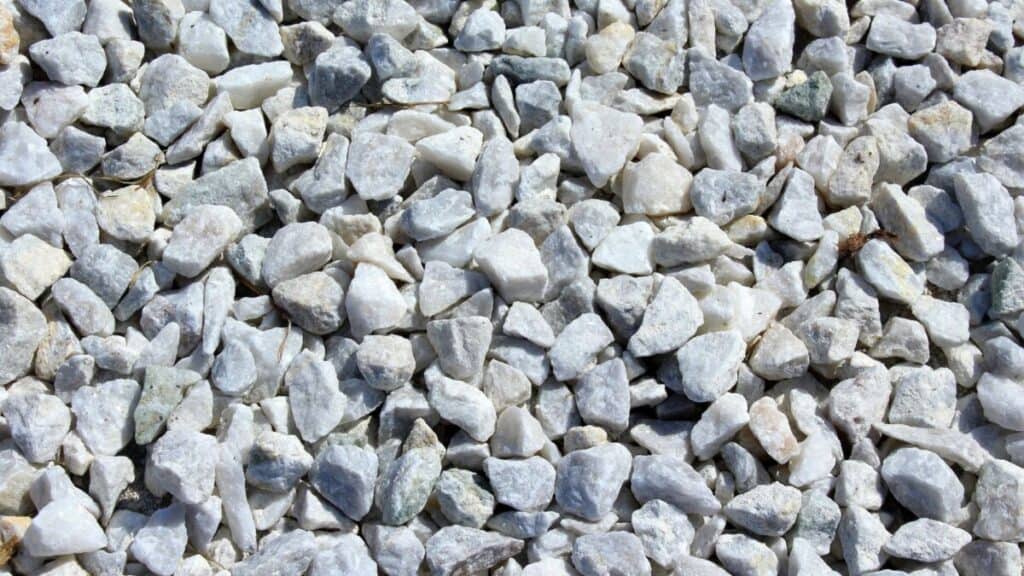
Slugs have soft bodies and will avoid anything that feels sharp or rough. Consider landscaping with gravel near the perimeter of your house, which will deter slugs from crawling towards your home. Make sure to form the same barrier around outdoor entry points.
While wood chips or bark also work as barrier materials, having wood too close to your house’s foundation may invite termites. Gravel is a safer option.
Copper Tape
It’s widely understood that copper reacts badly with the slime on slugs’ bodies, resulting in a feeling of electric shock slugs experience when they come in contact with it. While it doesn’t kill or harm the slugs other than being painful, it will deter them.

To prevent slugs from coming indoors, consider adding copper tape around doors, windows, and any holes or cutouts (such as for pipes and cables) that slugs potentially use to enter your home. If you have indoor potted plants, line the rim with copper tape to keep them away.
Fix Leaks and Broken Seals
Keeping your home well maintained is the best way not only to prevent slugs, but other household pests as well.
Fix cracks and broken seals around doors and windows and replace any broken screens. Fix leaks and the resulting water damage, as slugs are drawn to moisture.
If you aren’t sure about the entry points, get your home professionally inspected to know what needs to be done to keep slugs out of your home.
Replace Worn Vents
Vents are one of the most common entry points slugs use to get into the house. Regularly inspect your vents for signs of damage and immediately replace them if they are worn or damaged.
Alright, that’s it for this article, here are a few hand-selected articles that you might also find interesting reads:
How Do Slugs Appear Out Of Nowhere?How to Keep Bugs out of Your Raised Garden
How to Keep Bugs Out of Your Shed – 10 Proven Ways
Recent Posts
Tiny Black Bugs in Bathroom NO WINGS: What They Are and What to Do!
Finding tiny black bugs in your bathroom can be uncomfortable, to say the least. Especially if they are persistent, or they appear in very large numbers, which they often like to do. When it...
Tiny Black Bugs in Plant Soil - What Are They & What To Do About It
A short horror story: You get a new houseplant. You do your best to take care of it. You’ve ensured that it has the right soil, the right amount of sun, it gets enough water. And then one day, you...

